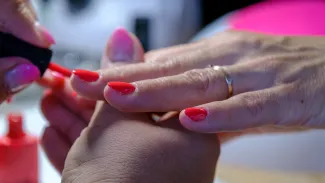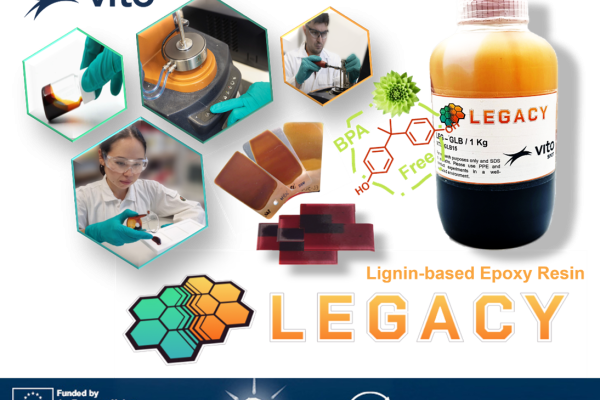The problem is not only in TPO, but mainly in unreliable labels
From 1 September 2025, the European Union will prohibit the use of Trimethylbenzoyl Diphenylphosphine Oxide (TPO) in cosmetics. This chemical, commonly used in gel nail polish to allow curing under UV light, poses potential health risks when misused. While nail polish manufacturers have adapted their production processes to comply, the primary concern remains the accurate labeling of products and the detection of TPO in formulations, especially in imported or unregulated goods. Strengthening product surveillance and ensuring transparency will be essential to enforce the ban effectively.

“We are receiving an increasing number of enquiries from companies in the cosmetics sector who want to know whether their ingredients contain TPO,” says Jan Jordens of VITO. “Especially for raw materials purchased outside Europe – which is the majority – the label does not always match the actual contents. Sometimes the mention of TPO is simply omitted from the labels, even though the ingredient is indeed present. In this way, companies appear to comply with European regulations, but the risk remains.”
A sample of so-called TPO-free ingredients, which VITO analysed at the request of concerned nail polish manufacturers, revealed that a significant proportion still contained TPO, even though it was no longer listed on the label. “We see that some non-European suppliers play fast and loose with the accuracy of the information stated on the labels. In doing so, they violate European regulations and also endanger the health of the user.”
Not just TPO
The new European legislation is not only about TPO, but also adds 21 substances to the list of prohibited cosmetic ingredients. All these substances are carcinogenic, mutagenic, or harmful to reproduction. Two ingredients of particular relevance to the gel nail sector are TPO and dimethyltolylamine.
HEMA (Hydroxyethyl Methacrylate), which ensures the adhesion of the polish to the nail, remains permitted for professional use in nail salons only and is now banned for consumer use. However, for these substances too, labels are often unreliable and detection is complex. In Belgium, there are only a few laboratories capable of detecting these substances, and there is limited inspection of products from low-wage countries. “Nevertheless, monitoring is very important,” says Jan Jordens. “Especially because we know that these ingredients pose a health risk.”












